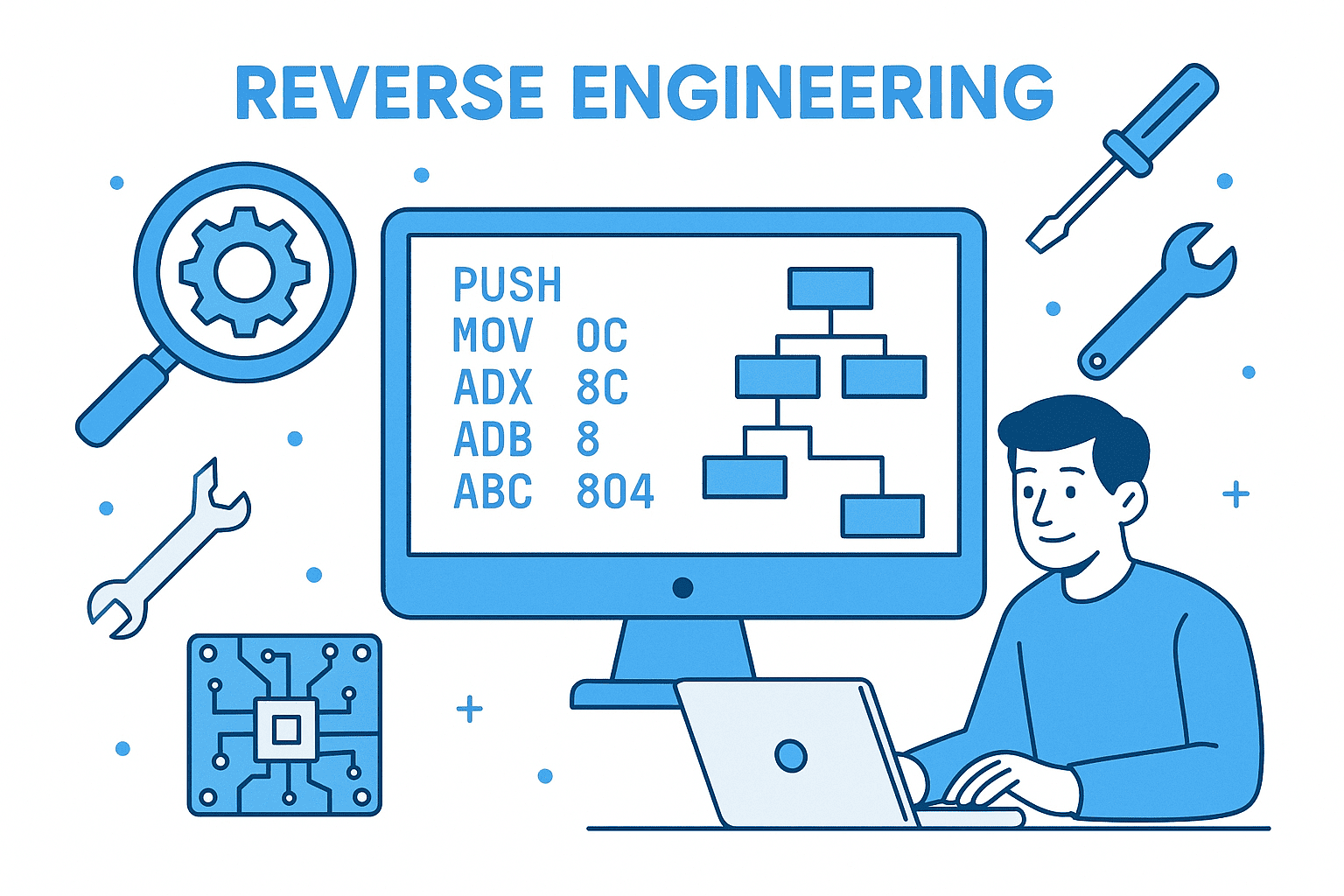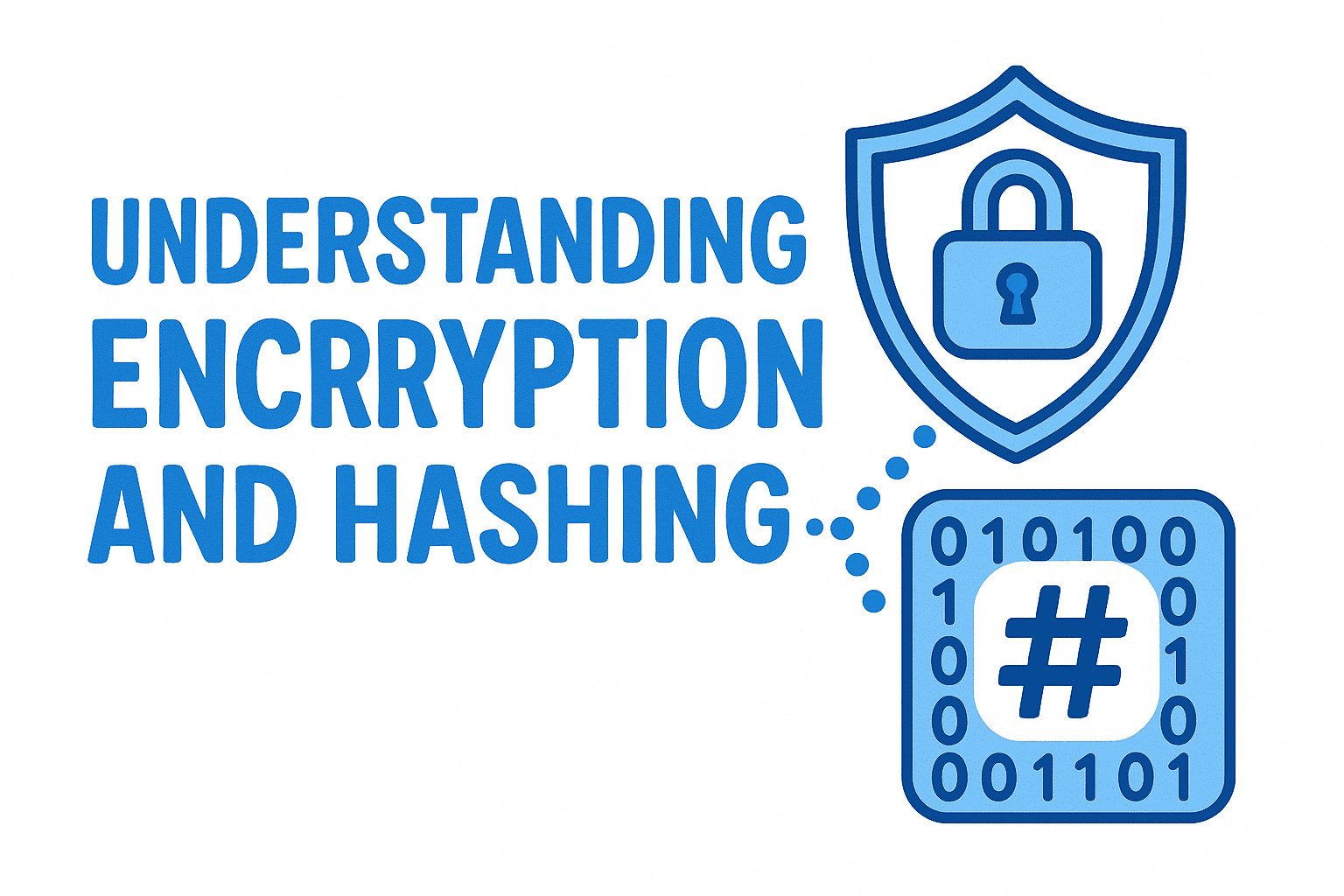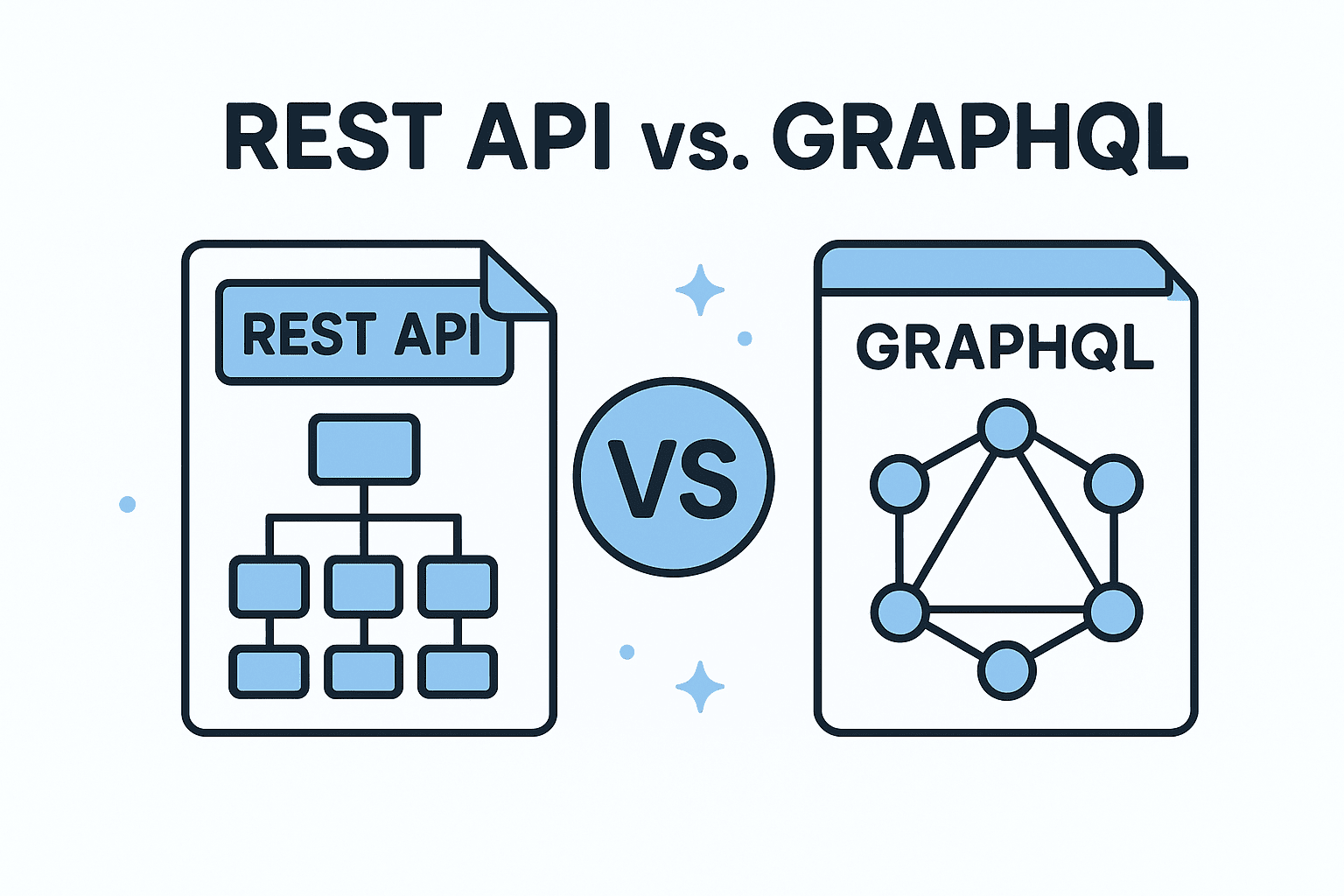Reverse engineering is the process of analyzing a system, software, or hardware to understand its components, functionality, and underlying design principles. While it’s often associated with uncovering secrets in closed-source systems or analyzing malware, reverse engineering has applications across industries—from cybersecurity to software development. Whether you’re a security researcher dissecting a vulnerability or a developer aiming to replicate functionality, mastering the tools and techniques of reverse engineering is essential.
What Is Reverse Engineering?
At its core, reverse engineering involves deconstructing a system to understand how it works. For software, this means disassembling machine code into human-readable instructions (assembly language) to study its logic and structure. For hardware, it could involve examining physical components or PCBs to reverse-engineer their design.
This process is often contrasted with forward engineering, where developers construct systems from scratch. Reverse engineering, however, operates in reverse: it takes an existing product and rebuilds its inner workings.
Why Reverse Engineering Matters
Reverse engineering serves multiple purposes:
- Security Analysis: Identifying vulnerabilities in software or firmware to patch them before exploitation.
- Malware Analysis: Understanding how malicious code operates and neutralizing its threats.
- Software Interoperability: Creating tools or integrations for proprietary systems without access to their source code.
- Competitive Intelligence: Analyzing competitors’ products to improve your own offerings.
- Academic Research: Studying how systems are built to advance computer science and engineering.
Essential Tools for Reverse Engineering
Here’s a breakdown of some of the most popular tools used in reverse engineering, categorized by their primary function and use case:
1. IDA Pro (Interactive Disassembler)
- Purpose: A flagship disassembler and debugger for analyzing binaries.
- Key Features: Supports multiple architectures (x86, ARM, etc.), advanced graph-based disassembly, and scripting for automation.
- Use Cases: Widely used in cybersecurity for malware analysis and by developers during reverse-engineering projects.
- Pros: Powerful, highly customizable.
- Cons: Paid tool (offers an academic license).
2. Ghidra
- Purpose: A free, open-source reverse engineering tool developed by the NSA.
- Key Features: Decompiles binaries into pseudocode, supports advanced debugging, and integrates with Java-based workflows.
- Use Cases: Ideal for beginners due to its user-friendly interface and extensive documentation.
- Pros: Open-source, no cost.
- Cons: Less mature than IDA Pro in some advanced features.
3. Binary Ninja
- Purpose: A modern disassembler and debugger with strong support for ARM and x86 architectures.
- Key Features: Fast, intuitive GUI with a focus on code analysis and visualization.
- Use Cases: Popular among reverse engineers for its balance of speed and usability.
- Pros: Free for students; commercial version available for professionals.
4. OllyDbg / x64dbg
- Purpose: Lightweight debuggers for analyzing x86/x64 binaries.
- Key Features: Real-time execution monitoring, memory dumping, and breakpoints for dynamic analysis.
- Use Cases: Perfect for low-level debugging in malware or software compatibility testing.
- Pros: Lightweight and highly extensible for advanced users.
- Cons: Limited GUI features compared to other tools.
5. Radare2
- Purpose: A command-line-based framework for reverse engineering and binary analysis.
- Key Features: Modular design with plugins for disassembly, debugging, and scripting (e.g., Python).
- Use Cases: Preferred by advanced users who need full control over analysis workflows.
- Pros: Highly flexible and powerful for automation.
- Cons: Steeper learning curve due to CLI interface.
6. Cuckoo Sandbox
- Purpose: An automated analysis tool for executing and monitoring suspicious binaries.
- Key Features: Captures system behavior, hooks into APIs, and generates reports on malware activity.
- Use Cases: Essential for cybersecurity professionals analyzing unknown threats.
- Pros: Integrates with other tools for comprehensive threat detection.
- Cons: Requires setup and maintenance for optimal performance.
When to Use Static vs. Dynamic Analysis
Reverse engineering often involves a mix of static and dynamic analysis:
- Static Analysis: Examines code without executing it (e.g., using IDA Pro or Ghidra).
- Dynamic Analysis: Monitors a program’s behavior in real-time (e.g., with OllyDbg or Cuckoo Sandbox).
Combining both methods provides a deeper understanding of how software operates in real-world scenarios.
Ethical Considerations
While reverse engineering has legitimate uses, it’s critical to operate within legal and ethical boundaries. Always ensure compliance with licensing agreements, and avoid illegal activities such as pirating software or exploiting vulnerabilities without authorization.
Conclusion
Reverse engineering is a powerful skill that bridges the gap between understanding and creating. Whether you’re dissecting malware, developing interoperable tools, or pushing the limits of software design, the right tools make all the difference. Tools like IDA Pro, Ghidra, and Radare2 empower both novices and experts to explore the inner workings of complex systems.
As technology evolves, reverse engineering will remain a cornerstone of cybersecurity, software development, and innovation. Whether you’re just starting out or already an expert, mastering these tools can open doors to new possibilities—and a deeper understanding of the systems we rely on every day.
Next Steps: Start with Ghidra or Binary Ninja to get hands-on experience, then explore advanced tools like IDA Pro as you grow your skills. The world of reverse engineering is as vast as it is fascinating—dive in!
🚀 Let’s build something amazing! If you have a project in mind or need help with your next design system, feel free to reach out.
📧 Email: safi.abdulkader@gmail.com | 💻 LinkedIn: @abdulkader-safi | 📱 Instagram: @abdulkader.safi | 🏢 DSRPT
Drop me a line, I’m always happy to collaborate! 🚀



